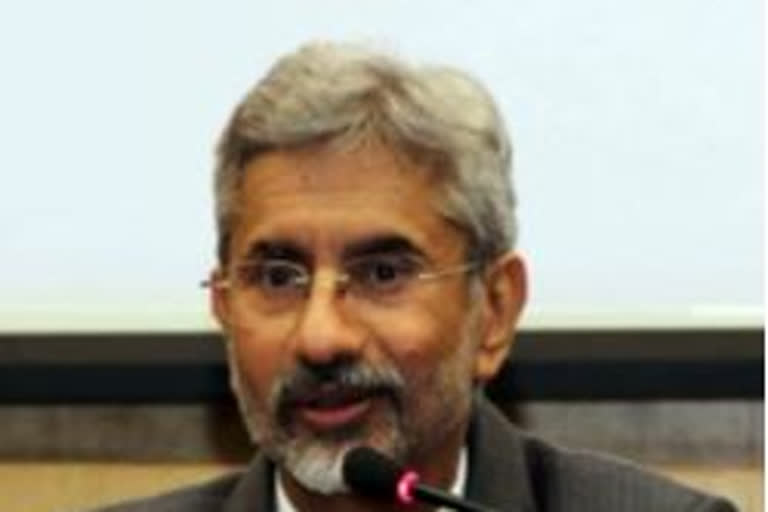New Delhi:Days after Prime Minister Narendra Modi attended the high profile SCO summit at Uzbekistan's Samarkand, stage is all set for External Affairs Minister S Jaishankar's 10-day visit to the US, beginning Sunday, amid much anticipation over the future course that the bilateral ties of both the countries will follow.
Jaishankar's visit to the US began at a time when, experts believe, New Delhi's multilateral approach - a theme coined by Jaishankar himself - is viewed with skepticism by Washington and other European partners despite it getting applause both nationally and internationally. Against this backdrop, Jaishankar would be meeting his counterparts from both QUAD and BRICS, two blocs that appear poles apart from each other, with the latter including China and Russia, strongest adversaries of the United States and its western allies.
At the eight-member SCO (Shanghai Cooperation Organisation) summit, all eyes were on PM Modi and President Jinping. But as experts opined, both leaders shared the dais but not meet on bilateral basis given the cold relations the bordering countries are witnessing after the Galwan Valley clash in which 20 Indian soldiers lost their lives. Since the Galwan clash, 16 rounds of top military level talks have happened. India and China have completed disengagement in five other areas — PP15 being the latest — creating buffer zones in Galwan Valley, north and south of Pangong Lake, and in PP17A in Hot Springs.
Also Read:India pursued a policy of multi-engagement keeping in mind national interests, says expert
During his 10-day visit, Jaishankar would be attending the United Nations General Assembly (UNGA) as New Delhi’s representative this year. The EAM will also meet his Chinese and Russian counterparts, Wangi Yi and Sergi Lavrov respectively. Apart from meeting QUAD and BRICS members, Jaishankar will also meet G4 members (including Japan, Brazil and Germany) which are pushing for a reform at the UN Security Council. Apart from this, Jaishankar will meet US Secretary of State, Antony Blinken, and other senior delegates. All this is happening in the backdrop of Russian invasion of Ukraine, the latest disengagement at PP15, China's belligerent approach towards smaller counties in Indo-Pacific and South China sea, the deteriorating situation in Afghanistan and the emergence of Russia-China nexus opposing US-led hegemony in the world order.
India’s multilateral approach at the world order
New Delhi's multilateral approach and its rejection of the US-led bloc to isolate Russia while at the same time importing record quantity of discounted oil must have raised eyebrows in Washington. The past few months have gone hectic for the South block as it engaged with multiple players. New Delhi's interaction with the QUAD, I2U2 and Indo-Pacific economic framework stands poles apart when compared to its latest meeting with QUAD and BRICS. Apart from this, even despite the fact that China's aggression at the LAC resulted into a great blow to the bilateral relations, New Delhi last month joined Russia led 'Vostok' military drills which included China as well. Next month, India and the United States will be jointly exercising a military drill close to LAC in Uttarakhand. As expected, China has already expressed its discomfort over the exercise as it did with QUAD and AUKUS.
